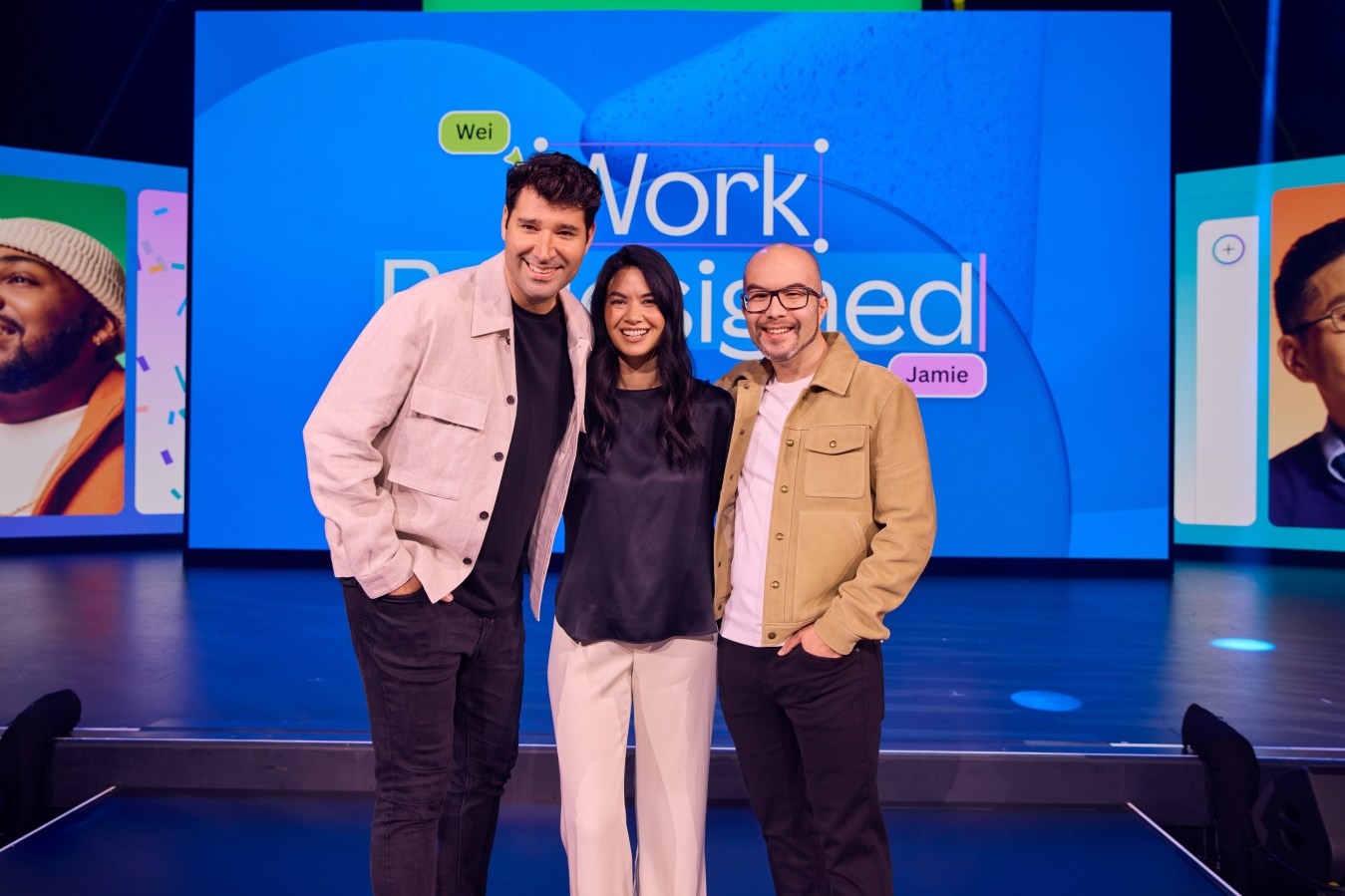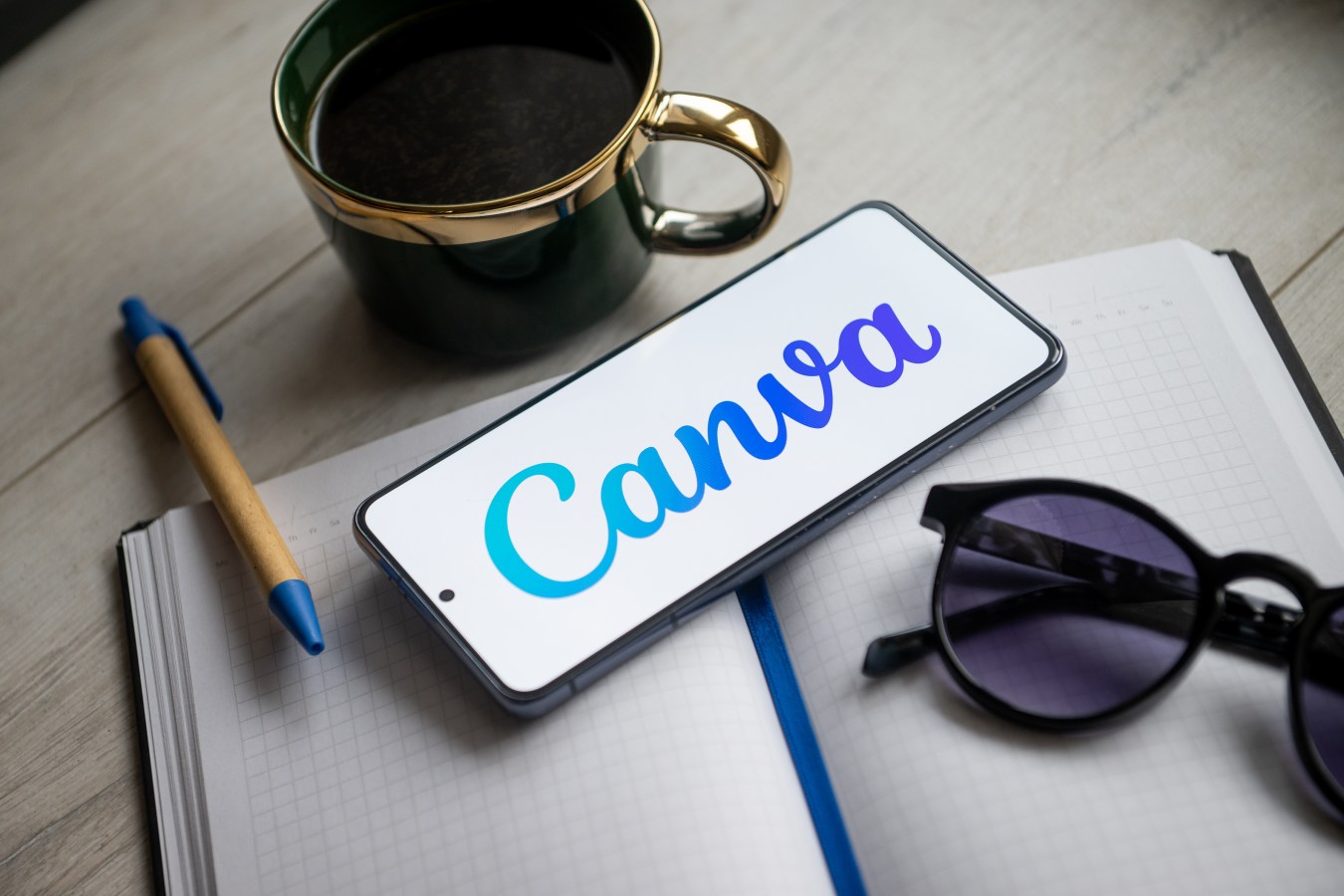Canva has hit so many billion-dollar milestones that it’s easy to lose track.
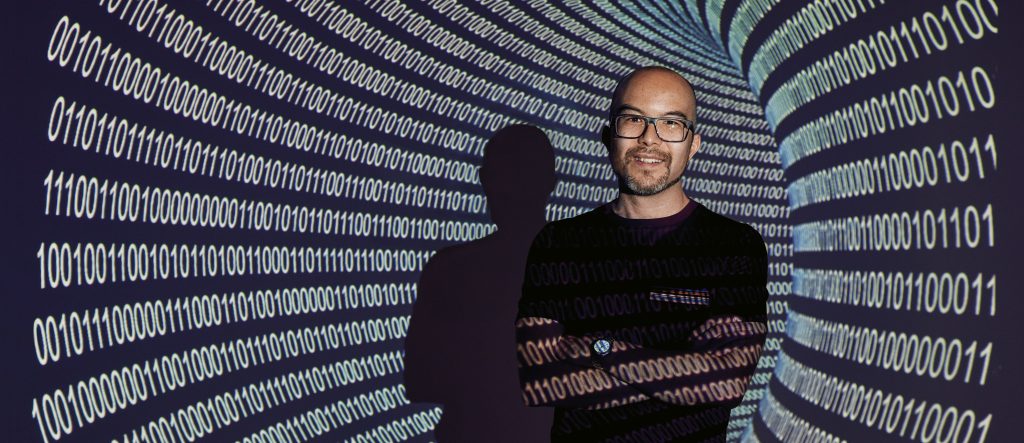
Co-founder Cam Adams says the design juggernaut made it’s premium product free to non-profits in 2015 – reaching some 650,000 organisations – and to schools in 2019.
Forty million students have jumped on since it launched a “classroom safe” AI last October, Canva says, bringing the number of students and teachers using the premium product for free to 70 million, at 750,000 schools.
All of which got the Canva leaders wondering how much they were giving away, Adams tells Forbes Australia.
“So we ran the numbers, and we’d just hit the $1-billion mark, which means that every single year we are now giving away the equivalent of a billion dollars of revenue to educators and to non-profits.”
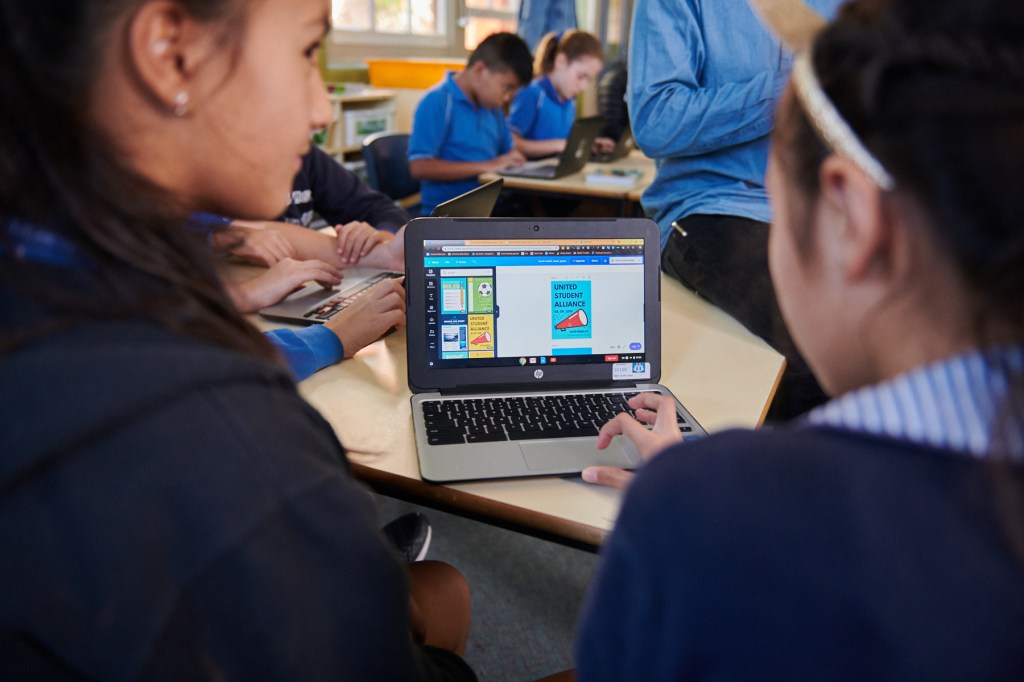
With Canva last valued at $40 billion – and continuing on an acquisitive path, recently taking over Leonardo.ai – the three Canva founders have made a thing about progressively giving away their wealth.
In 2019, the private company joined Pledge 1% – founded by Salesforce, Atlassian and Rally – with the goal of companies giving 1% of their equity, 1% of product, 1% of profit and 1% of employee time to charity.
Canva’s last reported annualised revenue was $2.7 billion. So if you add the $1 billion given away, then turn it into a percentage, it equates to Canva giving away 27% of revenue.
Adams wants more companies to join the pledge.
“One of the great things about Pledge 1% is it’s relatively easy to do,” says Adams. “One per cent is a small number in the scheme of things, but it introduces you to doing good and philanthropy, and inevitably encourages you to do more. Obviously, giving away a billion dollars in equivalent revenue every year is more than 1%, but we’re happy to go above and beyond.”
Two years after pledging that 1%, Adams’s co-founders Melanie Perkins and Cliff Obrecht promised to give 30% of their equity in the company – the married couple’s share being an estimated $13.2 billion, combined – to their charity, the Canva Foundation.
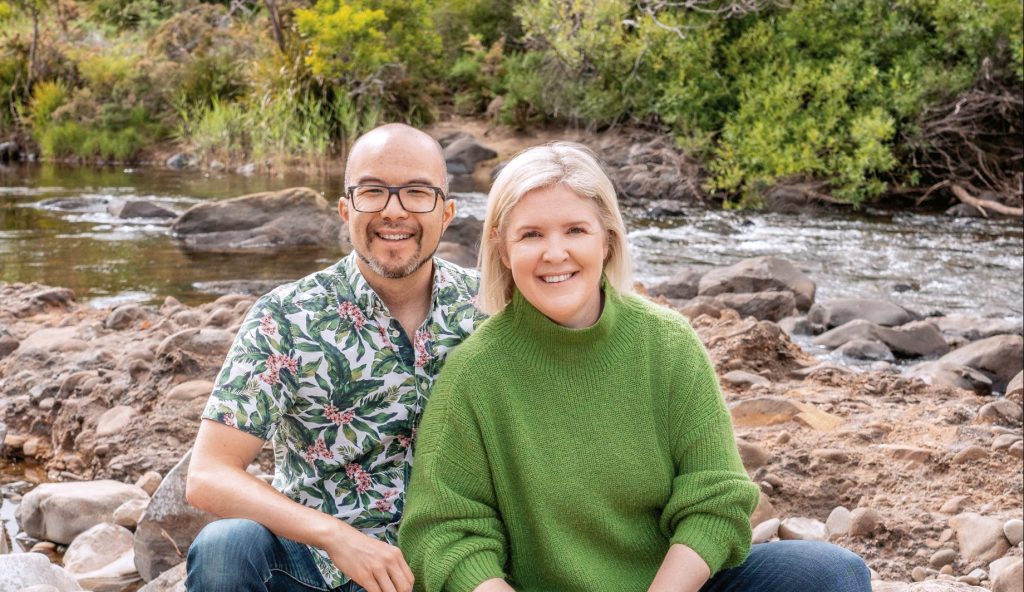
Adams has not joined them in that promise, but says he and wife Lisa are intending to do something similar with their estimated $3.37 billion fortune, devoting it to their biodiversity-focused venture-fund and loan facility Wedgetail. “We’re just waiting for all the pieces to line up in terms of having a registered non-profit and stuff like that,” he says.
Adams can’t remember when he and his co-founders started talking about giving so much away. “There was just a kind of a values alignment from the early days. It even stems from the business model. We always wanted a free product that we could give to everyone in the world. We wanted people to be able to access design and use these new visual communication skills to achieve amazing things.”
And while OpenAI’s billionaire cofounder and CEO Sam Altman has given away US$45 million in monthly gifts to individual Texans in order to study a “universal basic income”, the Canva Foundation has been conducting a similar experiment in one of the world’s poorest countries.
It gave $10 million, then $20 million, to GiveDirectly, a charity which eschews traditional aid routes to give money directly to the impoverished. “The whole philosophy behind it is that it’s not about building a school or building a well for a community, it’s about giving people the money that they need to solve their own problems. They know best what is going to help them.
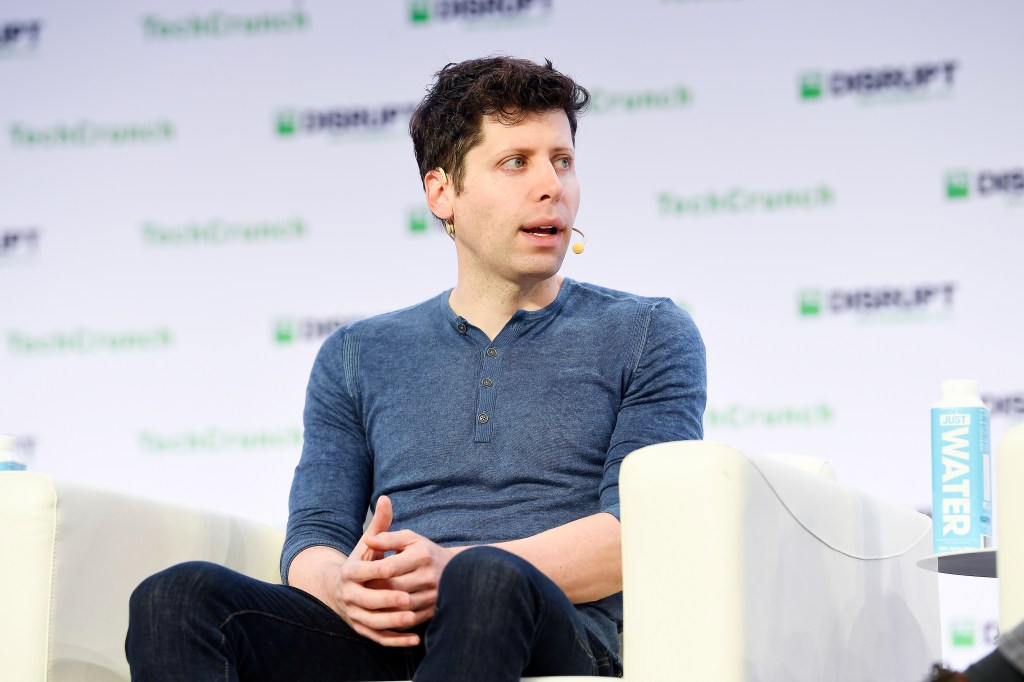
And while he applauds Altman’s efforts to make a better world with universal basic income, he says it’s only tangentially related to what the Canva Foundation is doing. “Our work is really focused on the areas of the world where the need is most extreme.”
GiveDirectly identifies an impoverished community and gives thousands of people regular grants totalling between US$250 and US$750 over several months. “The overwhelming evidence coming back is that when you do this, as opposed to, like, building your own infrastructure program, it has greater positive impact,” says Adams.
“You see people starting businesses which enable them to drive income over many years. You see people building houses that house their family. You see people buying goats which give them income. It creates this broader system of sustainable economic support that they need to get themselves out of poverty, as opposed to creating infrastructure projects that don’t get maintained and end up going nowhere.
“So we’ve delivered close to $30 million now into that project, and we’re monitoring it. GiveDirectly is working a lot on the ground, and the plan is to scale that up successfully throughout this year, and the years beyond, and that will scale through Malawi and then eventually scales throughout the world.”
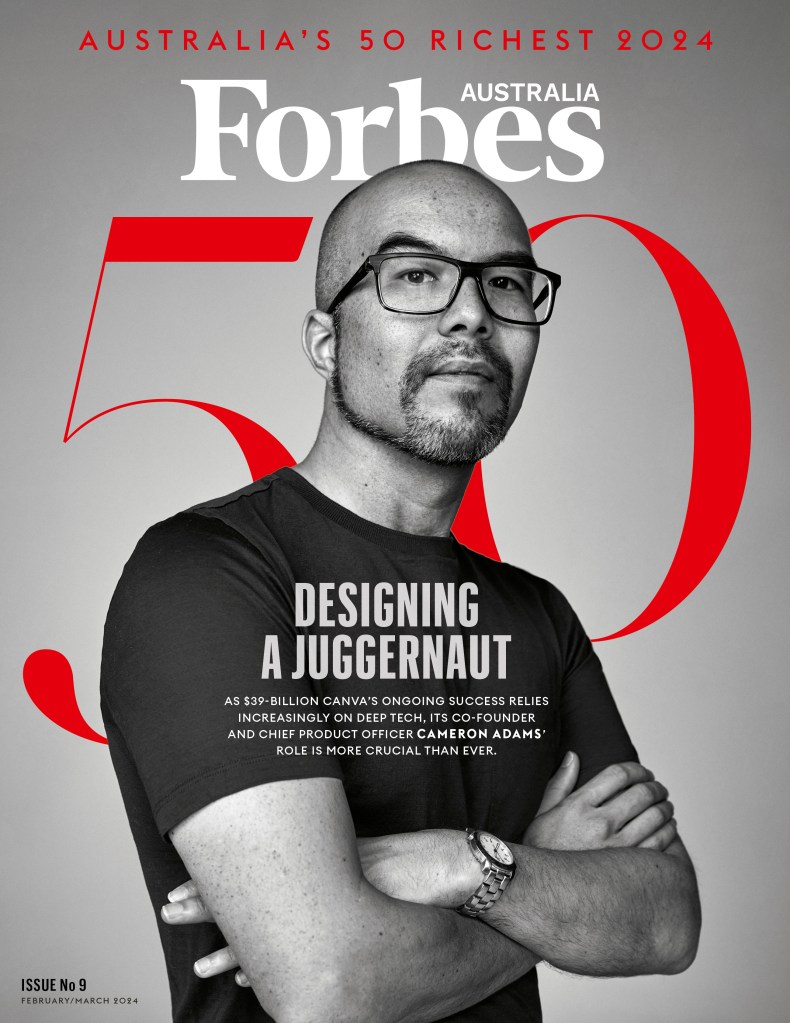
Blackboards to onboarding
The Canva founders started looking at education uses in 2017. “But it was in 2019 when I really picked up the baton, because we started noticing a whole bunch of teachers and students using Canva,” says Adams. “And we didn’t originally design Canva for education … So we started looking at what teachers and students were using it for, started thinking about how we might improve the product to be able to make it better for them … I went to the States. We interviewed a bunch of education users there … as well as school districts and even at the level of ministries of education, what they would all need. And we started putting together what became Canva for Education.”
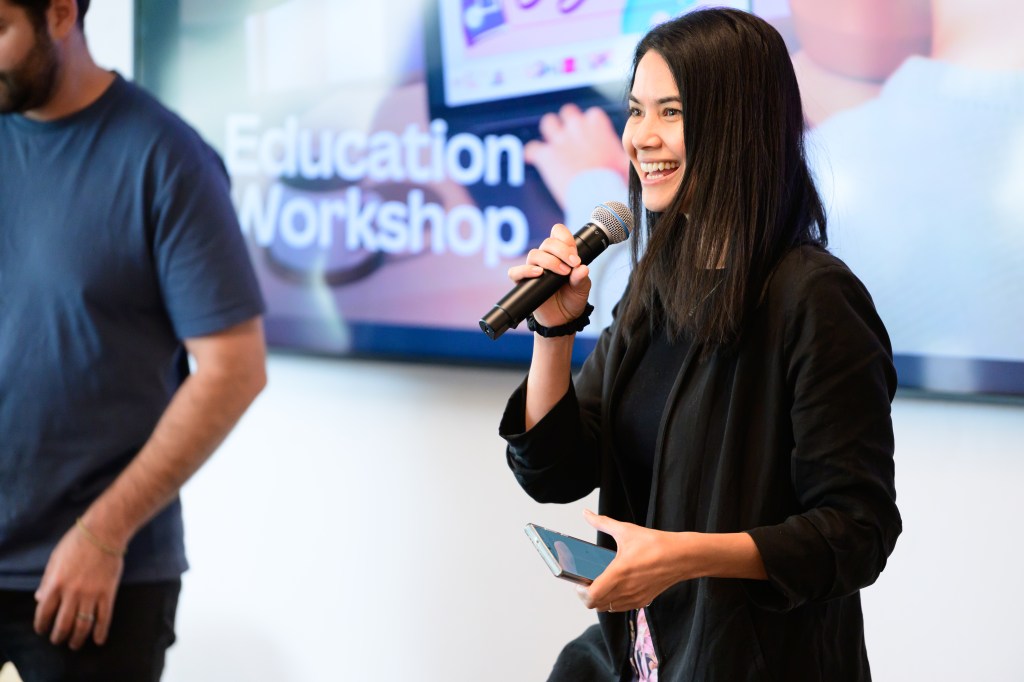
Adams doesn’t resile from the cynical view that Canva for Education is just onboarding the next generation of paying customers.
“That’s part of the social impact as well. We’re helping every student develop design skills, develop digital literacy and also spark creative thinking. And by developing those skills, we’re really fueling the next generation of change makers, like people who are going to start new businesses, new non-profits, drive movements to help solve climate change, help solve many of the world’s problems – and make sure that there is a new wave of Canvas wanting to leave the world in a better place than they started with.”
It didn’t cost much, he says. “By just flipping a switch behind the scenes to give them access to a free product, it’s probably one of the highest leverage things that we can do.
“We’re seeing not only whole school districts now pick it up, we’re seeing entire countries as well. So Indonesia just rolled out Canva for Education. Poland too. And, equally, we encourage any non-profit anywhere in the world to get in touch. We’re really keen to grow that program beyond a million non-profits using Canva over the next year or two.”

